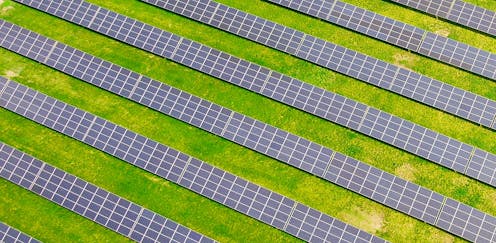Fortescue has put its ambitious green hydrogen target on hold – but Australia should keep powering ahead
- Written by The Conversation

Australian mining and energy giant Fortescue announced late on Wednesday that its ambitious green energy goal – to produce 15 million tonnes of renewable hydrogen annually by 2030 – will be placed on hold.
As part of a broader restructure, the company will also merge its mining and energy divisions, and slash 700 jobs across its business.
The news will disappoint those who’ve eagerly awaited the emergence of a green hydrogen sector in Australia. Fortescue’s executive chairman and founder, Andrew “Twiggy” Forrest, has been an outspoken supporter of the technology.
But since the announcement, Forrest has been quick to reject claims the company is walking back from its green hydrogen dreams more broadly, telling Nine Radio in Perth on Thursday:
We just have to work out now how to produce it cheaply enough.
Fortescue’s announcement reinforces the fact that one company can’t do it alone – Australia needs a coordinated approach to supporting future green industries – including renewable hydrogen.
Developing renewable hydrogen at scale - like any industry - will require both national and global action to build demand, by supporting new technologies and lowering the risk of investing in early projects. Over time, this will bring prices down.
Hydrogen has a role to play – if we can make it cheaply
Green or renewable hydrogen is produced by “electrolysing” or splitting water into its component elements hydrogen and oxygen using renewable electricity.
This is in contrast to non-renewable “blue hydrogen” which is extracted from natural gas using steam in a process called “steam methane reforming”.
Renewable hydrogen’s current high cost of production has been a key element of the industry’s sluggish start.
At Climateworks Centre, we’ve modelled a range of different scenarios across the whole economy to work out how Australia can best reduce its emissions at the lowest cost.
Our modelling shows renewable hydrogen can indeed play a lead role in Australia’s energy future. It becomes particularly important for transitioning industries that can’t be electrified, such as ammonia and alumina production, and heavy transport. But only if it becomes commercially viable to produce.
Hydrogen production for domestic use in 1.5⁰C scenario














